基于时间序列分析的桥梁损伤识别研究
摘要随着高速铁路的不断发展,作为重要组成部分的桥梁,其安全稳定性越来受到广泛关注。高速列车通过桥梁时会发生车桥共振,因此在车桥共振环境激励下的桥梁损伤识别研究已成为当前热点。本文以32m标准跨度预应力混凝土简支箱梁为研究对象,通过数值模拟、模型实验,研究了用时间序列方法识别箱梁损伤的适应性、可行性、可靠性。在总结了高速铁路和车桥共振理论的发展历程、研究现状和桥梁损伤识别常见方法的基础上,依据时间序列理论和时间序列建模方法,利用MATLAB工具,自编了基于时间序列模型进行桥梁损伤识别的计算程序。利用ANSYS有限元软件和上述的自编计算程序,完成了车桥共振环境下桥梁损伤识别的数值模拟分析。外部激励...
相关推荐
-
我国基层财政困难的制度成因分析与对策研究VIP免费
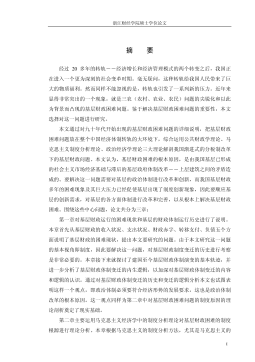
 2024-09-20 25
2024-09-20 25 -
我国煤电产业链纵向交易合约机制研究VIP免费
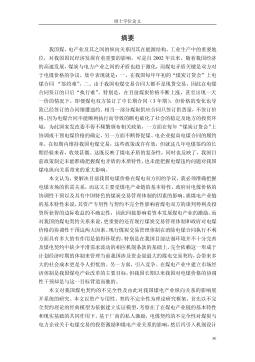
 2024-09-20 23
2024-09-20 23 -
生产要素视角下的上海市产业结构优化研究VIP免费
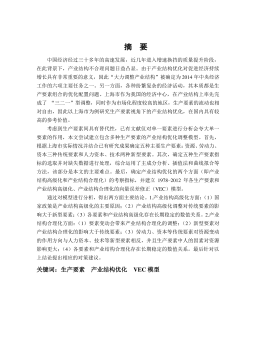
 2025-01-09 6
2025-01-09 6 -
我国银行业结构与经济结构关系研究VIP免费
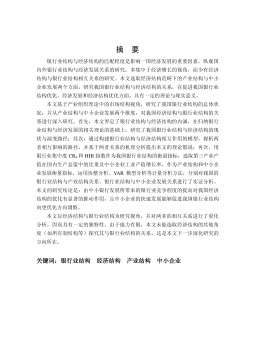
 2025-01-09 7
2025-01-09 7 -
大数据视角下农业供应链金融研究VIP免费
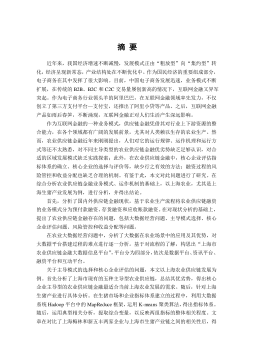
 2025-01-09 6
2025-01-09 6 -
跨国大型综合超市的规划研究VIP免费
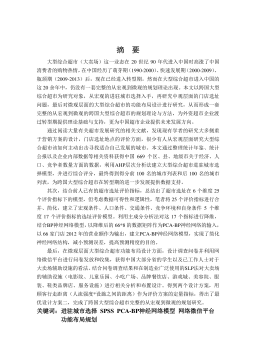
 2025-01-09 6
2025-01-09 6 -
跨境电商农产品质量安全问题研究VIP免费
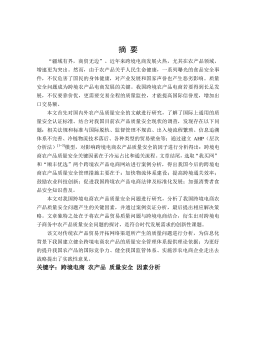
 2025-01-09 6
2025-01-09 6 -
世界市场的虚拟化与我国国际电子商务发展方向研究VIP免费
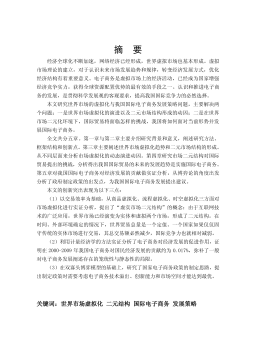
 2025-01-09 6
2025-01-09 6 -
中国政府对电力行业的价格规制问题研究VIP免费
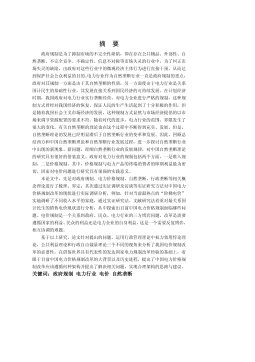
 2025-01-09 6
2025-01-09 6 -
中小企业信息化系统集成技术研究VIP免费

 2025-01-09 11
2025-01-09 11
相关内容
-

跨国大型综合超市的规划研究
分类:高等教育资料
时间:2025-01-09
标签:无
格式:PDF
价格:15 积分
-

跨境电商农产品质量安全问题研究
分类:高等教育资料
时间:2025-01-09
标签:无
格式:PDF
价格:15 积分
-

世界市场的虚拟化与我国国际电子商务发展方向研究
分类:高等教育资料
时间:2025-01-09
标签:无
格式:PDF
价格:15 积分
-

中国政府对电力行业的价格规制问题研究
分类:高等教育资料
时间:2025-01-09
标签:无
格式:PDF
价格:15 积分
-

中小企业信息化系统集成技术研究
分类:高等教育资料
时间:2025-01-09
标签:无
格式:PDF
价格:15 积分






